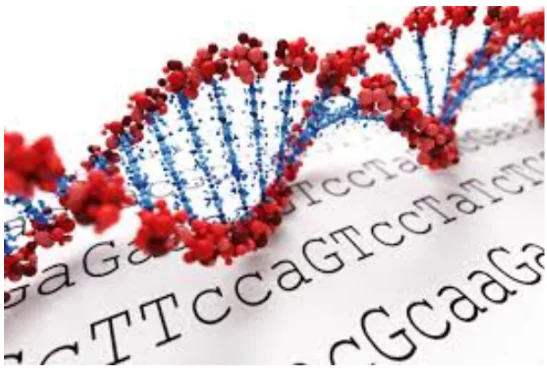Authorities are using DNA from families to identify victims of the Air India crash in Ahmedabad.
What is DNA Identification?

DNA identification is a scientific method used to confirm a person’s identity by analyzing their unique genetic code.
Why Use DNA for Identification?
- Unique to Each Person: Except for identical twins, every person has a unique DNA profile.
- Useful in Mass Fatalities: Helps when bodies are severely damaged or unrecognizable.
DNA Technology (Use and Application) Regulation Act, 2019
- It was introduced in the Lok Sabha by the Minister for Science and Technology.
- It regulates the use of DNA-based forensic technology for criminal investigation, missing person identification, and disaster victim identification.
- Key provisions
-
- It establishes a DNA Regulatory Board to oversee DNA testing and date management.
- Creates National and Regional DNA Data Banks to store DNA profiles.
|
Applications of DNA Identification
- Forensics: Solves crimes by matching DNA at crime scenes.
- Disaster Victim Identification: Confirms identities after accidents or natural disasters.
- Medical Research: Helps in diagnosing genetic disorders.
- Ancestry & Paternity Testing: Determines biological relationships.
How DNA Samples Are Collected and Stored?
- Degradation Over Time: DNA starts breaking down after death, so samples must be collected quickly.
- Best Storage Conditions: DNA remains intact longer in cold and dry environments.
-
- Soft tissues (skin, muscles) degrade faster than bones and teeth.
- Samples are frozen at -20°C or stored in 95% ethanol.
Matching DNA With Family Members
To identify victims, DNA from biological relatives is used:
- Parents and children share 50% DNA with each other.
- Siblings, grandparents, and uncles/aunts can also provide reference samples.
Methods of Analysis
After DNA is extracted from the collected samples, scientists use different methods depending on its quality:
- Short Tandem Repeat (STR) Analysis:
- What is it?
- This method looks at short, repeating DNA sequences (STRs) that vary greatly between individuals.
- When is it used?
- Requires nuclear DNA (from the cell’s nucleus), so it works best when the DNA is not degraded.
- Mitochondrial DNA (mtDNA) Analysis:
- What is it?
- Mitochondrial DNA is found in the cell’s “powerhouses” (mitochondria).
- When is it used?
- Ideal when nuclear DNA is degraded or unavailable because mtDNA is present in many copies within a cell, making it easier to recover from poorly preserved remains.
- Chromosome Analysis:
- What is it?
- This method examines specific STRs on the Y chromosome.
- When is it used?
- Useful for identifying male victims, especially when close relatives aren’t available for comparison.
- How does it work?
- The Y chromosome is passed directly from father to son. So, samples can be matched with any male relative on the paternal line (brothers, paternal uncles, paternal male cousins).
- Single Nucleotide Polymorphism (SNP) Analysis:
- What is it?
- A SNP is a tiny difference in a single DNA “letter” (A, C, G, or T) at a specific location, unique to each person.
- When is it used?
- Typically used when the DNA is highly degraded.
- How does it work?
- Because SNPs are unique, they can be used for identification with reference samples from the victim’s personal items like a toothbrush or hairbrush.
Challenges in DNA Identification in Mass Disasters
- Degradation: prolonged exposure to environmental factors such as fire, water, chemicals can damage DNA and accelerate decomposition.
- Contamination: In severe disasters, debris, chemicals, and biological fluids can contaminate DNA samples. In addition to it, multiple victim’s remains may mix which can also make identification harder.
- Fragmentation of bodies: Bodies may be severely fragmented in severe accidents due to which advanced forensic techniques are required to reconstruct profiles.
![]() 16 Jun 2025
16 Jun 2025


